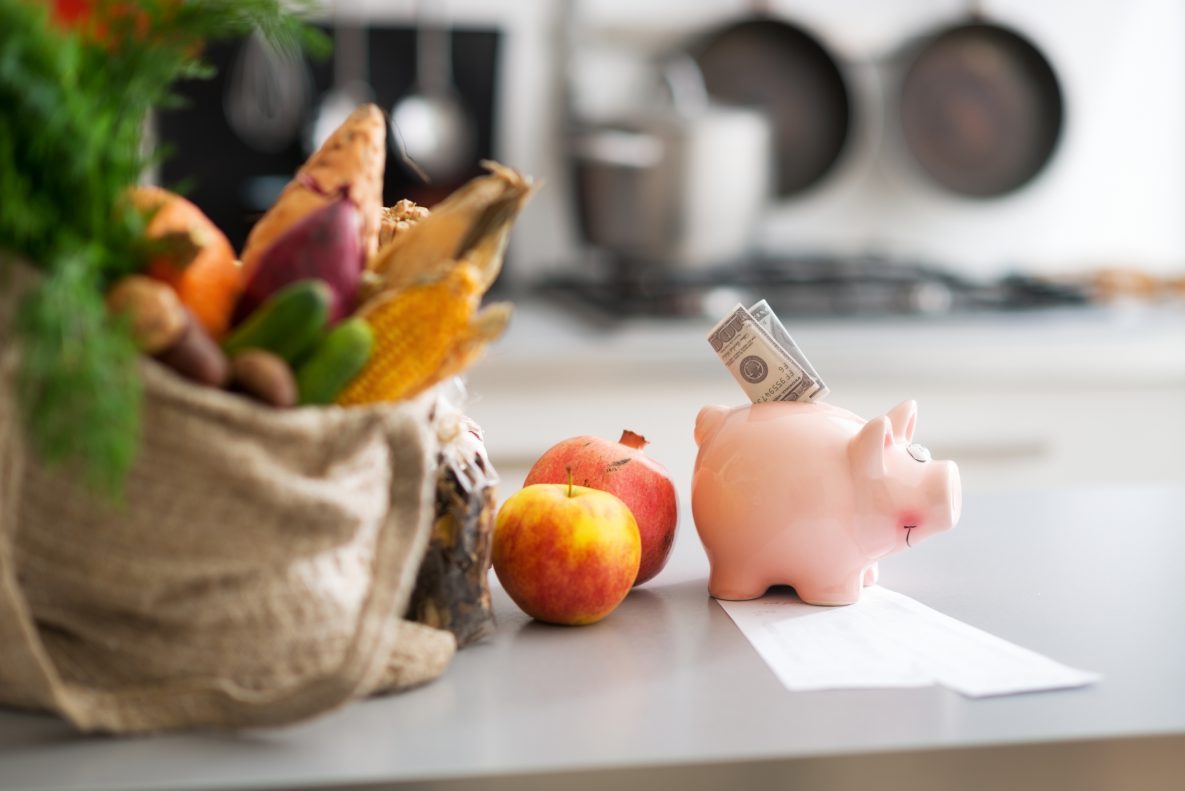
Food inflation continues and food prices remain elevated as we stepped into 2023. Here are some ideas to make healthy eating more affordable:
Plan ahead
Firstly, set a budget for groceries and plan your meals for the upcoming week. Cooking at home is cheaper than dining out. If you are anticipating a busy week ahead, cook larger meals with leftovers. Next, check your pantry and make a grocery list. Choose a discount grocery store and explore their flyers, coupons, and special deals ahead of time. Generally, generic brands are less pricey. Lastly, stick to your grocery list and never shop when you are hungry.
Stock up
Stock up on staple foods such as canned goods, grains, and dried legumes. They are often available in bulk quantities at a lower price. You can also extend the shelf life of sale perishable products, such as meat, poultry, fish, and bread by freezing them. Frozen produce is another economical option that is as nutritious as fresh and helps reduce produce waste.
Consider the season
Seasonal produce is at its peak in both nutrients and flavour. When you shop for seasonal produce, you are supporting local farmers, helping the environment, as well as saving money.
Enjoy a variety of protein foods
Some cuts of meat cost way less yet equally delicious when cooked properly. For instance, using chuck steak, ground meat, or whole chicken in stews, soups, and casseroles are fantastic. Canned fish can be a great alternative to fresh fish with the same nutritional value. In addition, try including eggs and plant-based proteins like beans, lentils, and soy which are nutritious and easy to prepare.
Choose whole foods
Many people think that eating healthy costs more, but it’s quite the opposite. Most highly processed foods contain excess sodium, added sugar and saturated fat, and lack important nutrients. Even minimally processed foods like washed salad greens and shredded cheese come at a higher price. Rather than spending your budget on empty calories and convenience, focus on whole foods.
